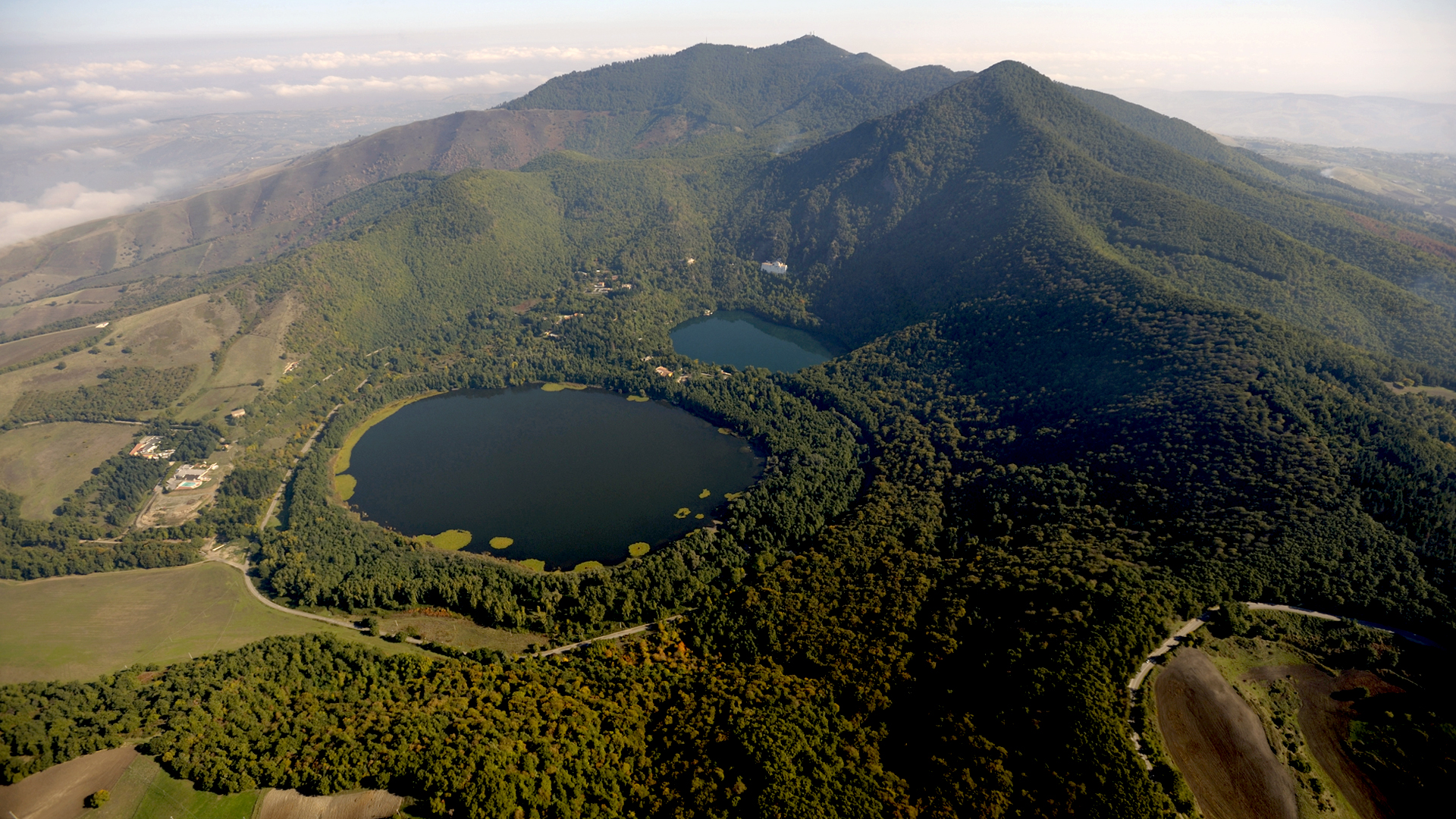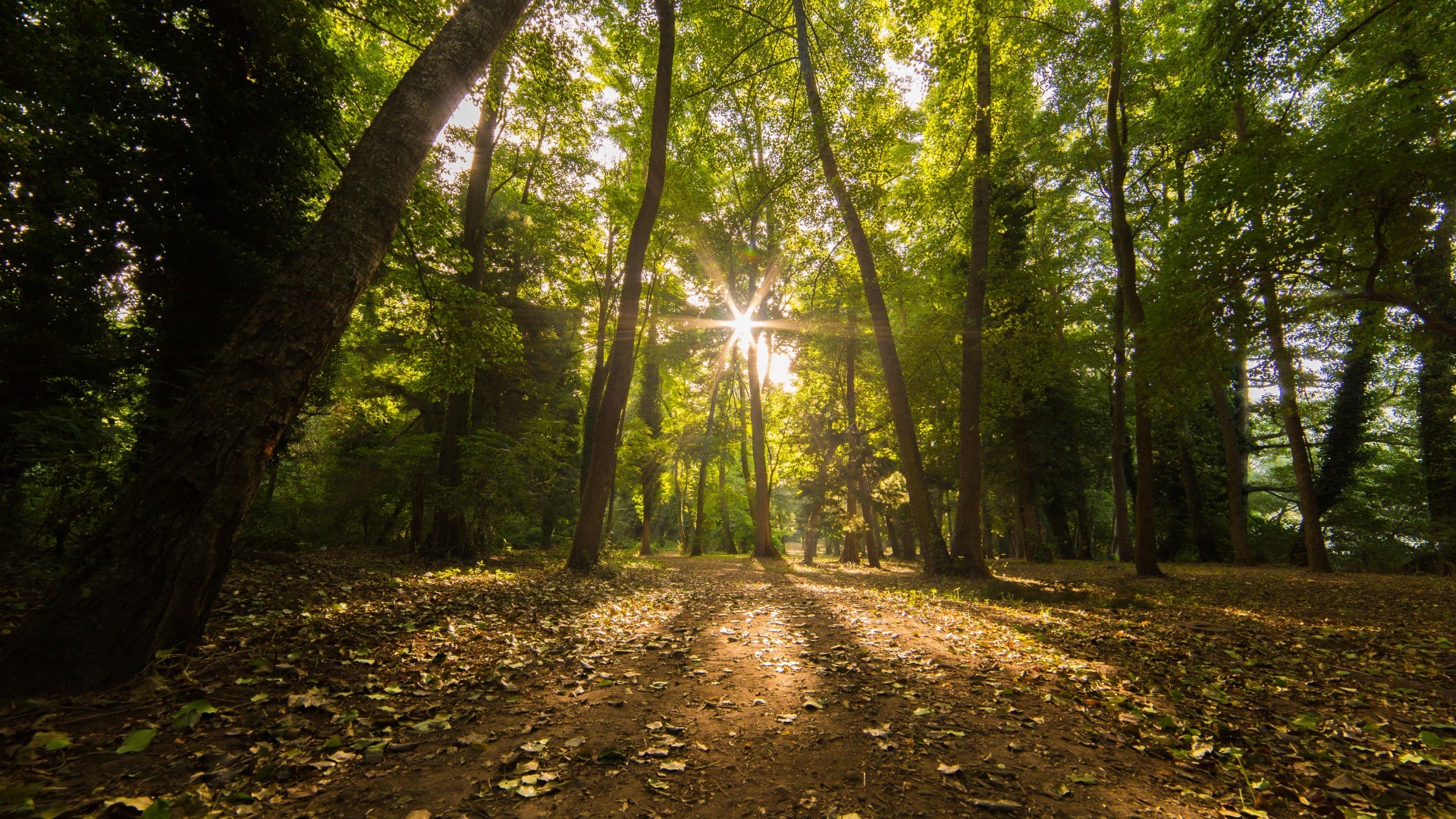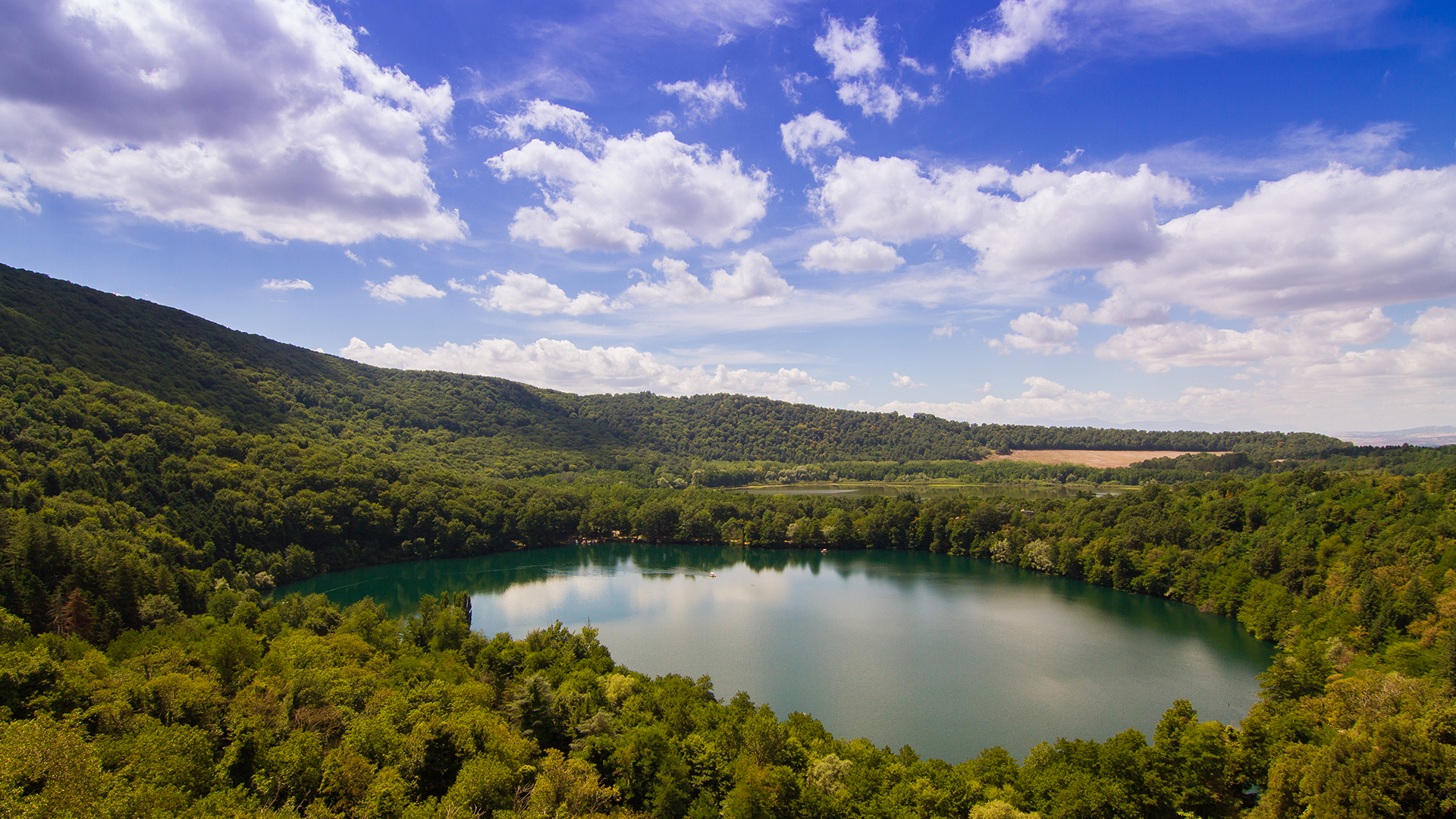Historically, the origins of the Vulture area are very ancient: the area was already inhabited in the Neolithic period, as evidenced by the remains of a necropolis found near Rapolla. The first real civilisations settled in the area between the 8th and 7th centuries BC. These were the Daunians, followed by the Samnites (4th-3rd centuries BC). Numerous traces of the presence of pre-Roman civilisations are displayed in the Melfese National Archaeological Museum.
The lengthy Roman domination of Vulture began around the 3rd century BC and ended with the collapse of the Western Roman Empire, which was followed by the barbarian invasions.
The Normans were the first to leave behind a major historical and cultural legacy in the area: Melfi became the capital of the Norman domains of Apulia, and in 1059 became the seat of a concordat in which Robert Guiscard declared himself a vassal of the Pope.
The Norman dynasty was succeeded by the Swabian Hohenstaufen dynasty: Frederick II of Swabia established his summer residence in Melfi, where he hunted with falcons. Here he issued the so-called Constitutions of Melfi, a legislative code for the entire Kingdom of Sicily.
In the same period, the monastic orders multiplied in the Vulture area, as evidenced by the Abbey of San Michele, together with the remains of the complex of Sant'Ippolito, both near the Monticchio lakes, and the frescoed cave churches found near Melfi and Rapolla.
With the fall of Frederick's empire, a rather decadent future lay ahead for Vulture, with the alternation of other invaders such as the Angevins, Aragonese and Bourbons, and the area was ruled by numerous feudal lords.
The unification of Italy did not affect living conditions in Vulture, which was increasingly afflicted by poverty, unemployment and illiteracy. This led to brigandage, which developed throughout southern Italy and parts of central Italy. The brigands of Vulture, among whom immediately stood out Carmine "Donatelli" Crocco from Rionero, Giuseppe "Zi Beppe" Caruso from Atella, Michele Schirò from Melfi, Vito "Totaro" Di Gianni from San Fele and Teodoro Gioseffi from Rapolla, known as Caporal Teodoro, found ideal shelters in the mountains of the area, which created many problems for the Piedmontese army. The revolt came to a bloody end, and numerous brigands were sentenced to death.












